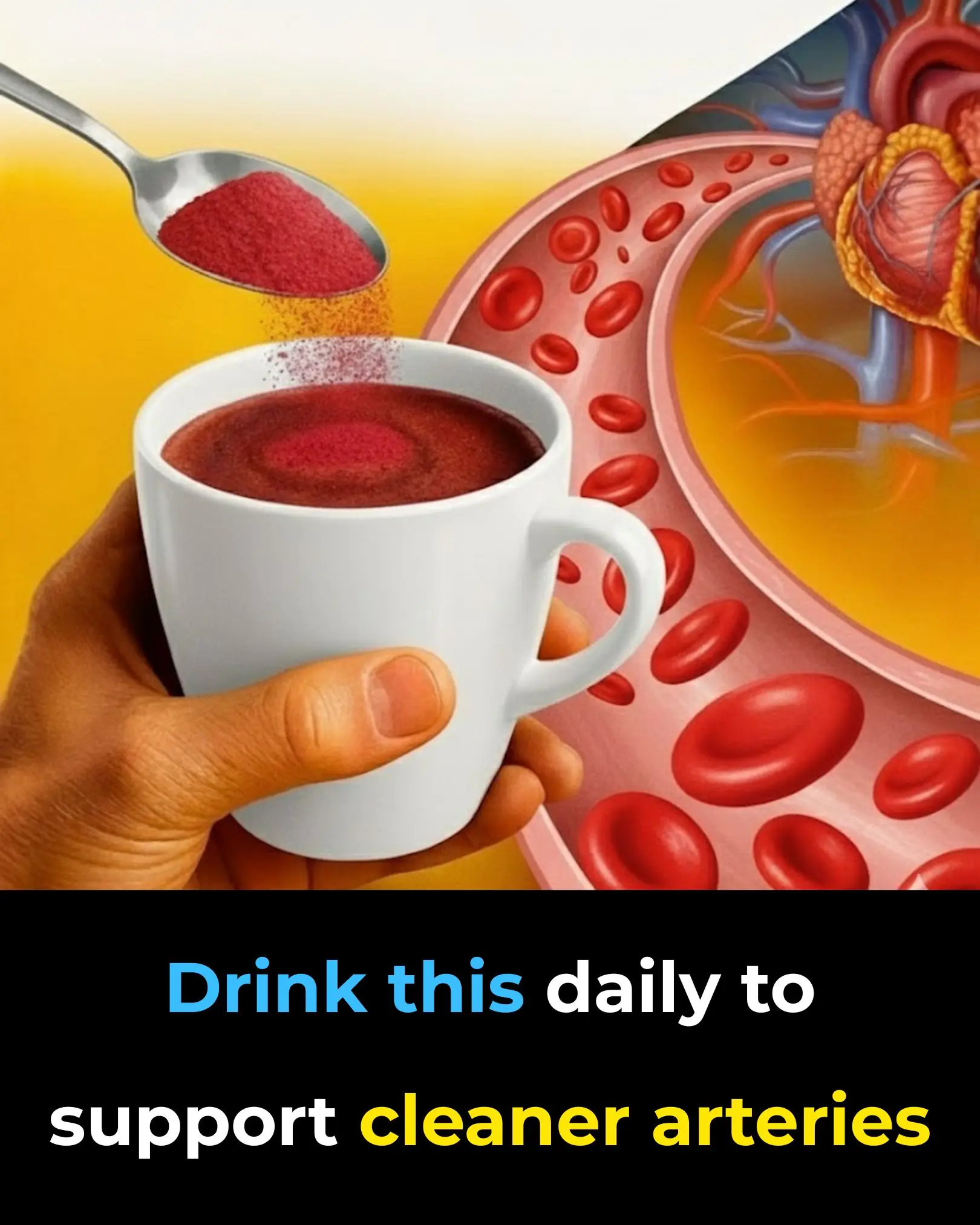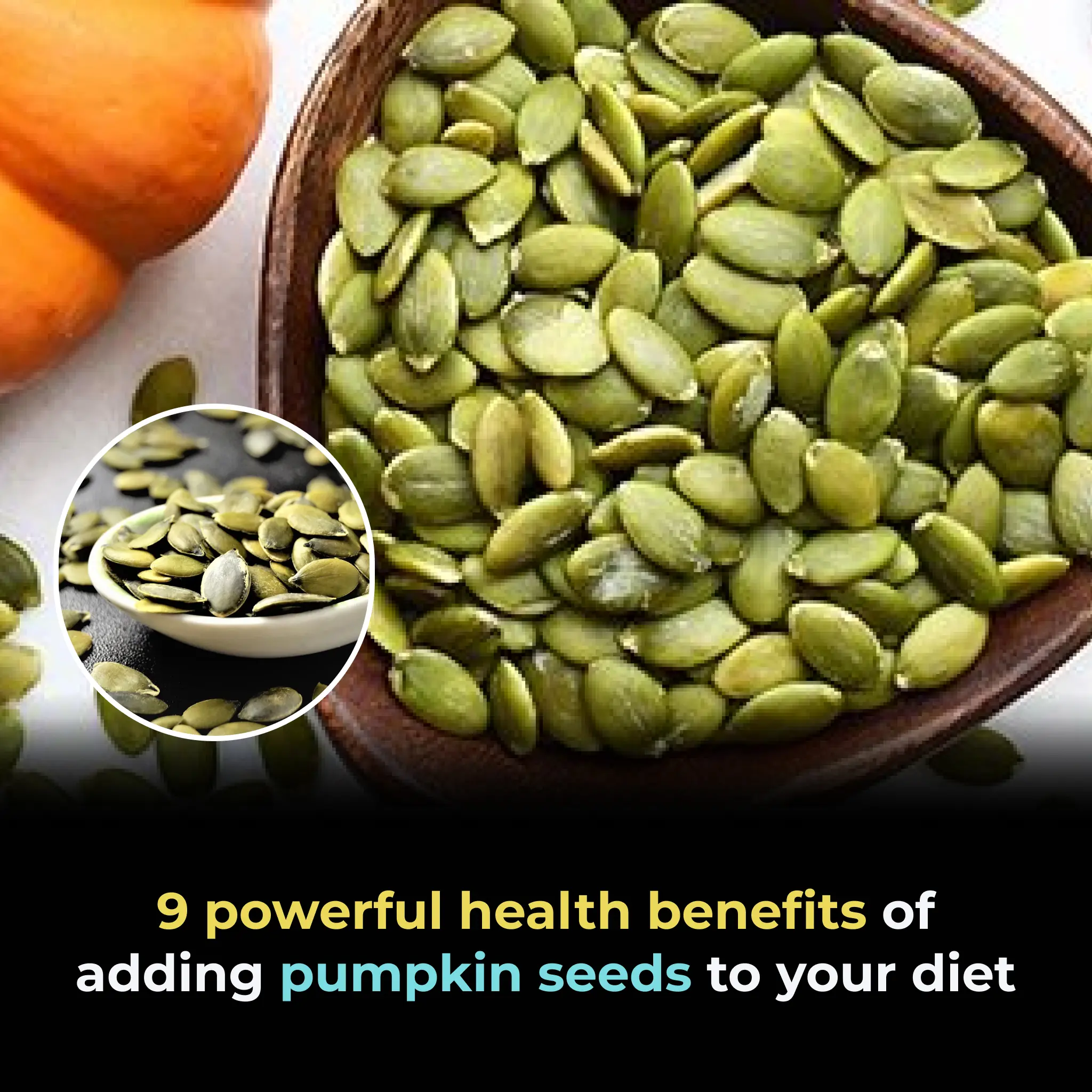
Scientifically Proven Health Benefits of Cayenne Pepper

Cayenne peppers are hot, flavorful chili peppers loaded with vitamins, minerals, and powerful plant compounds. For thousands of years, people have used them not only to spice up meals but also as a natural remedy for pain, heart health, digestion, and more.
Most of cayenne’s healing power comes from capsaicin – the active compound that gives chilies their burning heat. Capsaicin is used both internally (in food or supplements) and externally (in creams and oils) to relieve pain, reduce inflammation, and support circulation.
This guide explains what makes cayenne so unique, its main health benefits, and how to use it safely.
What Is Cayenne Pepper?
Cayenne pepper comes from a hot chili in the Capsicum annuum family, which also includes bell peppers and jalapeños.
As the pepper ripens, it develops capsaicinoids, a group of compounds that includes capsaicin. These molecules are responsible for the pepper’s intense heat and many of its medicinal effects.
Studies suggest capsaicin has:
-
Pain-relieving (analgesic) properties
-
Anti-inflammatory effects
-
Potential benefits for joint issues like arthritis
Nutritional Profile of Cayenne Pepper
Beyond capsaicin, cayenne pepper also provides a surprising amount of nutrients for such a small amount of powder.
In 1 teaspoon (about 5 g) of cayenne pepper you get approximately:
-
16 calories
-
Vitamin A: 44% of the RDI
-
Vitamin C: 7% of the RDI
-
Vitamin E: 8% of the RDI
-
Vitamin K: 5% of the RDI
-
Vitamin B6: 6% of the RDI
-
Manganese: 5% of the RDI
-
Potassium: 3% of the RDI
-
Iron: 2% of the RDI
-
Omega-3 fatty acids
-
About 6% of daily fiber needs
It also contains small amounts of calcium, magnesium, copper, zinc, and B-complex vitamins. On top of that, cayenne is rich in antioxidants such as phenolic compounds and flavonoids, which help neutralize harmful free radicals in the body.
Key Health Benefits of Cayenne Pepper
1. Powerful Anti-Inflammatory Effects
Chronic, low-grade inflammation is linked to conditions like heart disease, diabetes, asthma, and some cancers. Capsaicin in cayenne helps block inflammatory pathways, which may reduce the risk or severity of these issues.
Research also shows that capsaicin has an analgesic effect, meaning it can reduce pain in a way comparable to some non-steroidal anti-inflammatory drugs (NSAIDs), without the same long-term side effects when used properly.
2. Relief for Osteoarthritis and Rheumatoid Arthritis
Topical creams and gels containing capsaicin are widely used for joint pain:
-
In osteoarthritis (OA), applying 0.025–0.075% capsaicin cream several times a day has been shown to reduce joint pain over a few weeks.
-
In rheumatoid arthritis (RA), similar concentrations can ease pain, especially in weight-bearing joints like knees.
Most people feel a burning or warming sensation at first, which usually lessens with continued use.
3. Help for Nerve Pain and Migraine
Capsaicin creams are also used to treat neuropathic (nerve) pain, such as:
-
Post-herpetic neuralgia (nerve pain after shingles)
-
Diabetic nerve pain
-
Some forms of localized nerve irritation
By repeatedly stimulating certain pain receptors, capsaicin gradually desensitizes them, leading to less pain over time.
Small studies also suggest that applying capsaicin cream to the area of a migraine can reduce headache intensity, though more research is needed.
4. Supports Healthy Blood Pressure
Cayenne pepper may help lower high blood pressure (hypertension):
-
Capsaicin can relax and widen blood vessels (vasodilation), improving blood flow.
-
It may support better regulation of vascular tone and circulation.
This doesn’t replace prescribed medication, but cayenne can be a supportive dietary addition for some people under medical guidance.
5. Protects Heart Health
Capsaicin supplements have been shown to improve key markers related to heart disease:
-
Increase HDL (“good”) cholesterol
-
Decrease triglycerides, which are linked to a higher risk of heart attacks
Taken regularly, cayenne may support overall cardiovascular health when combined with a balanced diet and lifestyle.
6. May Help Prevent Blood Clots
Cayenne pepper appears to have a natural blood-thinning effect:
-
Capsaicin can reduce platelet aggregation (clumping of blood cells), which helps prevent clots from forming in arteries.
-
Some research even suggests it may work more effectively than certain drugs in specific experimental models.
Because of this, people on blood thinners (like warfarin) should be cautious with high-dose capsaicin supplements and talk to their doctor first.
7. Supports Weight Loss and Metabolism
Cayenne pepper and capsaicin supplements have gained attention as natural weight-management aids. They may help you lose weight in several ways:
-
Boosts metabolism: Capsaicin can slightly increase energy expenditure, so you burn more calories, even at rest.
-
Reduces appetite: Capsaicin has been shown to increase feelings of fullness and decrease calorie intake, especially from fatty foods.
-
Influences hunger hormones: It may lower levels of ghrelin, the hormone that signals hunger.
While it’s not a miracle fat burner, adding cayenne to a healthy lifestyle can support weight-loss efforts.
8. Promotes Digestive Health
Despite its spicy reputation, cayenne can benefit the digestive system when used correctly:
-
Stimulates digestive enzymes and gastric juices
-
May help relieve symptoms like indigestion or mild heartburn
-
Supports overall gastrointestinal function
9. Helps Protect Against and Heal Peptic Ulcers
Contrary to the old belief that spicy foods cause ulcers, capsaicin can actually protect the stomach lining:
-
Increases the production of protective mucus
-
Helps regulate stomach acid secretion
-
Supports faster healing of existing ulcers
Of course, if you already have severe stomach problems, you should introduce cayenne carefully and under professional supervision.
10. Natural Relief for Psoriasis and Dermatitis
Cayenne-based creams are also used to manage certain inflammatory skin conditions:
-
Psoriasis: capsaicin reduces redness, scaling, and itching by dampening inflammatory signals in the skin.
-
Dermatitis / eczema flare-ups: it can ease itching and irritation in some cases.
The cream often stings at first, but with repeated use, the sensation usually fades along with the itch.
11. Possible Anticancer Properties
Laboratory and animal studies suggest that capsaicin may:
-
Slow the growth of certain cancer cells
-
Promote apoptosis (programmed cell death) in tumor cells
-
Inhibit the spread of cancer cells in some models
This is early-stage research and does not mean cayenne alone can treat cancer, but it highlights its potential as part of broader preventive and therapeutic strategies being studied.
How to Use Cayenne Pepper
1. As a Drink
You can make a simple cayenne wellness drink:
-
¼–½ teaspoon cayenne pepper powder (preferably organic)
-
1 glass of warm or hot water
Optional add-ins:
-
Fresh lemon juice
-
A pinch of ginger powder
-
A bit of honey (if not avoiding sugar)
Drink 1–3 times per day, depending on your tolerance.
2. In Food
Add cayenne to:
-
Soups
-
Stews and curries
-
Stir-fries
-
Roasted vegetables
-
Marinades and sauces
Cooking methods like stir-frying or roasting tend to preserve more antioxidants and beneficial compounds than boiling.
3. As a Supplement
Capsaicin is also available in capsule or tablet form, typically 500–1,000 mg per serving. These are often used for:
-
Metabolism support
-
Appetite control
-
Circulation and cardiovascular health
-
Digestive support
Always follow label directions and talk to a healthcare provider before starting high-dose supplements.
4. As a Topical Oil or Cream (for Pain)
You can buy ready-made capsaicin creams (0.025–0.1%) or make a homemade cayenne oil for localized pain relief.
DIY Cayenne (Capsaicin) Oil for Joint & Muscle Pain
-
1 tablespoon cayenne pepper
-
2 tablespoons crushed mustard seeds
-
2 teaspoons grated ginger root
-
250 ml (8 fl oz) sunflower oil
Instructions:
-
Combine all ingredients in a glass jar.
-
Seal and let it infuse in a warm place for about 1 week.
-
Strain and store the oil.
-
Massage gently into sore joints or muscles.
How Much Cayenne Pepper Should You Use?
There’s no universal “perfect dose,” but general guidelines include:
-
Food use: as much as you comfortably tolerate.
-
Cayenne tea/drink: ¼–½ teaspoon per glass, up to 2–3 times daily.
-
Capsules: often around 1,000 mg per day (follow product advice and seek medical guidance if you have health conditions).
-
Topical cream: 0.025–0.1% capsaicin, applied 3–4 times daily to the affected area.
Start low and increase slowly to see how your body reacts.
Precautions and Possible Side Effects
Cayenne is powerful, so a bit of care goes a long way.
-
Can cause burning or irritation on skin or in eyes – wash hands thoroughly after touching.
-
Large amounts may cause stomach upset, diarrhea, or a runny nose.
-
Do not apply capsaicin cream to broken or irritated skin.
-
Long-term use of high-dose supplements is not recommended without medical guidance.
-
Can interact with blood-thinning medications such as warfarin—consult your doctor first.
If you’re pregnant, breastfeeding, have ulcers, take medications, or have chronic conditions, talk with a healthcare professional before using cayenne therapeutically.
Used mindfully, cayenne pepper is far more than just a fiery spice. It’s a potent natural tool for helping manage pain, supporting heart and digestive health, assisting weight loss efforts, and much more—straight from your kitchen.
News in the same category


What happens when you start eating chia seeds every day

Why You Should Stop Using Petroleum Jelly On Your Skin (It’s a Byproduct of the Petroleum Manufacturing Process)

Low levels of this key brain nutrient may be fueling your anxiety

A Nurse Who Has Witnessed The Final Moments Of More Than 300 People Has Revealed What She Has Learned From Being By Their Side

Absolutely BEST Foods to Detox Your Kidneys

80% Of Heart Attacks Could Be Avoided If Everyone Did These 5 Easy Things

Drink this daily to support cleaner arteries

The Surprising Benefits of Foot Massages …More Than Just Relaxation

14 Best Natural Antibiotics Our Ancestors Used Instead of Pills

9 POWERFUL Health Benefits of Adding Pumpkin Seeds to Your Diet

Knowing These 12 Symptoms of a Stroke Can Save Your Life

6 fruits that help your body fight cancer cells naturally

Early Signs of Liver Damage You Shouldn't Ignore

If Your Nails Show These 10 Signs, See a Doctor Immediately

The 5 warning signs you may be taking too much magnesium, according to doctors

This Is What Happens to Your Body When You Start Eating Raw Garlic

4 Things Your Feet Could Be Telling You About Your Liver Health

This Is What Happens When You Eat Sweet Potatoes Regularly
News Post

DIY Vaseline Cream: The 4-Ingredient Glow Hack That Makes Your Skin Baby-Soft Overnight

DIY Fenugreek Hair Masks for Hair Growth & Reducing Hair Fall

Will Americans Receive $2,000 Stimulus Checks? What You Need to Know

Revolutionary Miniature Implant Offers New Hope for Restoring Vision in Macular Degeneration Patients

A Simple Superfood That Enhances Your Baby's Brain Development During Pregnancy

Why Some Children Don’t Visit Their Parents Often

Don’t Drink Coconut Water Before You Know These 11 Secrets!

The #1 habit that’s destroying muscle in older adults—are you doing this?

Tomato Benefits for Skin – How Tomato Slices Can Transform Your Skin Naturally

This Plant Is Tastier Than Meat! 8 Reasons to Keep It in Your Garden

Walnuts Feed Your Microbiome: The Small Superfood That Transforms Your Gut and Your Mood

3 Steps Skin Care To Get Dewy Glass Skin

What happens when you start eating chia seeds every day

Why You Should Stop Using Petroleum Jelly On Your Skin (It’s a Byproduct of the Petroleum Manufacturing Process)

Air Conditioner Blowing Only Air but Not Cooling? Here’s How to Fix It Without Calling a Technician

14 Reasons to Drink Lemon Water First Thing in the Morning

Had no clue about this

Why Does Your Refrigerator Frost Over and Does It Increase Electricity Consumption?
